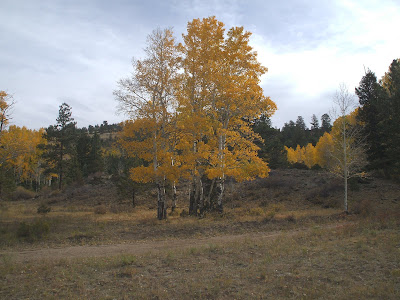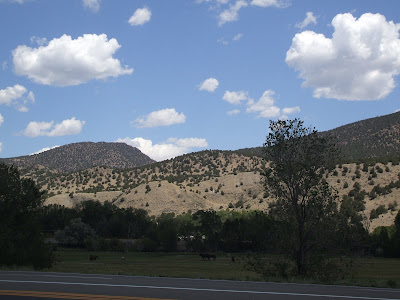 Left to Right: Lynn Monroy with Gayle Gresham
Left to Right: Lynn Monroy with Gayle GreshamThose of you who have followed my journey in researching and writing about my family know that unexpected surprises are becoming common for me. Never knowing what will turn up next or who I will meet is an adventure that I love! Another opportunity opened through a member of Women Writing The West and I decided to pursue it to see what happens. Author Eunice Boeve wrote an e-mail to the WWW group about her cruise to Alaska. For Eunice, one of the exciting parts of the cruise was a daily program about Wyatt Earp and Doc Holliday and other men involved in the shoot-out at the OK Corral in Tombstone given by graphologist Lynn Monroy. Lynn had studied and analyzed the handwriting of the men on both sides of the conflict and gave an entertaining and enlightening program by showing examples of their handwriting and giving insight into their character. Lynn also chose three people randomly each day to analyze their handwriting and Eunice was one that was chosen. She thought Lynn's findings about her were fairly accurate. Lynn even pegged her as a writer!
After reading Eunice's e-mail, I decided to contact Lynn about my project. Lynn expressed her interest and said she would be in Colorado and perhaps we could meet. Yesterday we met at the Colorado State Archives so Lynn could look at the original letters and documents. I showed her a note that is signed by both Ernest Christison and Ed Watkins and a note that isn't signed but has the name of Watkins' ranch on it. I had hoped that maybe the note signed by both men was written by Ernest, but Lynn thought it was most likely written by the Justice of Peace or court clerk since it had seal on it. But she was fairly certain the note from Watkins' ranch was probably written by Watkins. She could tell that he was an educated man by the handwriting. I know he did go to college and was active in the literary society in Salida.
Lynn made copies of the notes and several other papers. She thought one of the lawyers must have been quite a character from his handwriting. Then I remembered finding a court case last for which Wilburn Christison was the county judge, so we looked in the file to see if we could find a document he had written. We found one! So Lynn had it copied, too, and will analyze it. I can't wait to learn what she discovers in the handwriting of all of these men. I also hope I can find a sample of Ernest's handwriting--even a signature would help.
Thank you, Lynn! This is exciting!
Lynn's sister, Renee, took the picture of Lynn and I in front of the prison record exhibit at the archives before they left for the airport. Thanks, Renee, for driving Lynn to meet with me!
And thank you, Eunice, for getting me in contact with Lynn! I appreciate all of my friends in Women Writing The West.

















